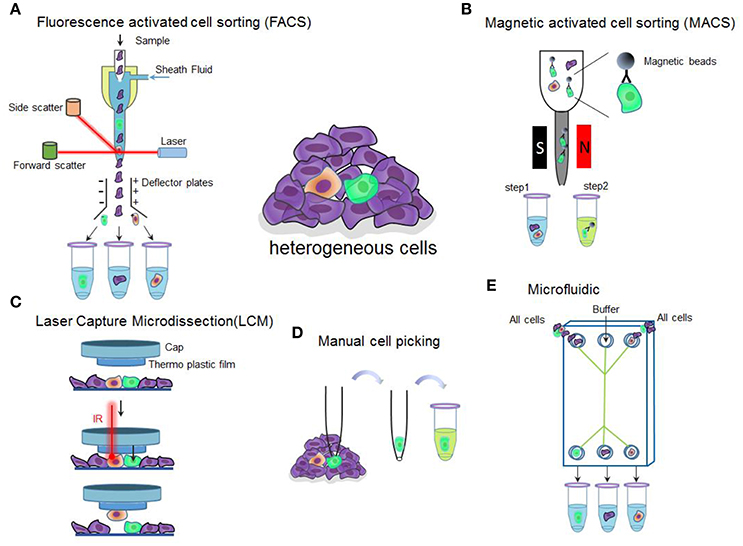

Development and commercialization of BsAbs, to engage multiple targets using only one therapeutic, has gained significant attention recently, shifting industry focus and investments on this effective therapeutic strategy. The actual structure of a BsAb can vary widely, and depends on a number of factors including the intended mechanism of action (MoA) of the BsAb and desired pharmacokinetic/pharmacodynamic (PK/PD) properties. īsAbs are typically designed to possess the epitope specificity and manufacturability of a conventional monoclonal antibody (mAb) but are engineered to bind two distinct targets instead of one. This is attributed to advanced biotechnologies, enhanced manufacturing knowledge of therapeutic antibody products, and strong scientific rationale for the development of biologics with the ability to engage more than one target. A handful of BsAbs have obtained health authority approval for use and are currently marketed as therapeutics in a number of disease areas (e.g., blinatumomab, emicizumab) around the world, highlighting the therapeutic potential of engaging two targets within a single molecule.


Publications describing hundreds of BsAbs can be found in the scientific literature, and more than 100 BsAb clinical candidates are currently under development. The concept of the bispecific antibody (BsAb) has been around for more than 50 years, but within the last 20 years, activity and interest in the field of study has skyrocketed.


 0 kommentar(er)
0 kommentar(er)
